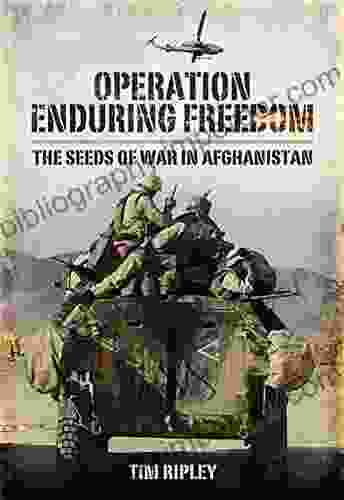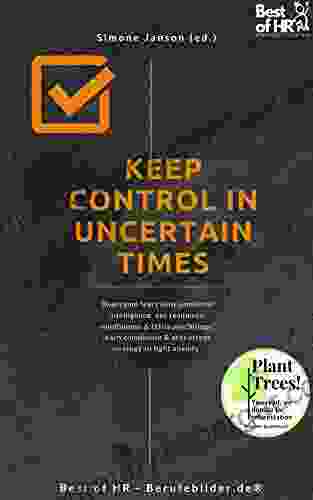The Seeds of War in Afghanistan: A Historical Examination of the Roots of Conflict

4.5 out of 5
| Language | : | English |
| File size | : | 33699 KB |
| Text-to-Speech | : | Enabled |
| Enhanced typesetting | : | Enabled |
| Word Wise | : | Enabled |
| Lending | : | Enabled |
| Screen Reader | : | Supported |
| Print length | : | 256 pages |
: The Long and Troubled History of Afghanistan
Afghanistan, a landlocked country nestled in the heart of Central Asia, has been a crossroads of civilizations for centuries. Its strategic location has made it a battleground for empires, and its rugged terrain and diverse ethnic groups have contributed to its long and troubled history.
The seeds of the current conflict in Afghanistan were sown long ago, in the complex interplay of historical events, geopolitical interests, and internal power struggles. This article aims to provide a comprehensive overview of the historical factors that have shaped Afghanistan's present-day challenges.
1. The Great Game: Imperial Rivalry and the Birth of Modern Afghanistan
In the 19th century, Afghanistan became a pawn in the "Great Game," a strategic contest between the British Empire and the Russian Empire for control over Central Asia. Both powers sought to extend their influence in the region, fearing that the other would gain a foothold in Afghanistan and threaten their interests.
The British, in particular, saw Afghanistan as a buffer zone against Russian expansion. They supported the establishment of a strong, centralized Afghan state under Emir Dost Muhammad Khan, hoping to create a stable ally on their northwestern frontier.
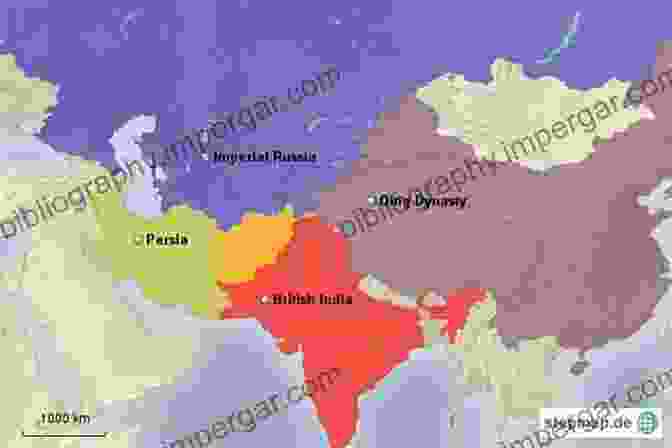
2. The Anglo-Afghan Wars: Resistance and Nationalism
The British attempts to control Afghanistan led to two Anglo-Afghan wars, in 1839-1842 and 1878-1880. Both wars ended in Afghan victories, demonstrating the resilience of the Afghan people and their resistance to foreign intervention.
These wars also fostered a sense of Afghan nationalism and unity, as Afghans from different tribes and regions fought together to defend their independence. The defeat of the British boosted Afghan pride and contributed to the formation of a modern Afghan identity.
3. The Durand Line: Dividing Afghanistan
In 1893, the British and Afghan governments signed the Durand Line Agreement, which established the bFree Download between Afghanistan and British India. This line divided the Pashtun people, the largest ethnic group in Afghanistan, into two separate entities.
The Durand Line has been a source of tension and conflict ever since, with many Afghans believing that it was imposed on them by the British without their consent. This unresolved bFree Download issue has contributed to instability in the region and has fueled separatist movements among Pashtuns on both sides of the bFree Download.
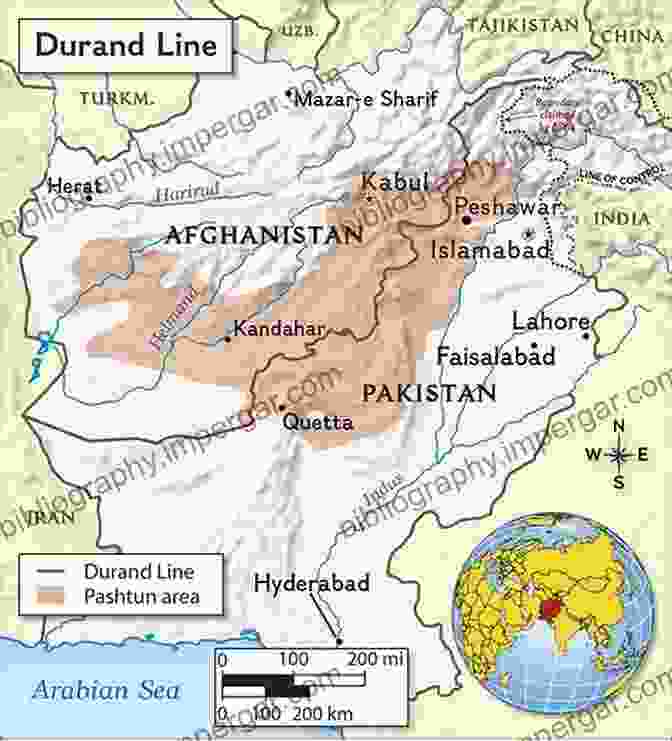
4. The Soviet Invasion and the Rise of the Mujahideen
In 1979, the Soviet Union invaded Afghanistan to support a communist government that was facing a rebellion from Islamic fundamentalists known as the Mujahideen. The Soviet invasion triggered a decade-long war that devastated Afghanistan and turned it into a battleground for global superpowers.
The Mujahideen, supported by the United States and other Western powers, fought a fierce guerrilla war against the Soviet occupation. The war created a power vacuum in Afghanistan, allowing various factions to emerge and compete for control.
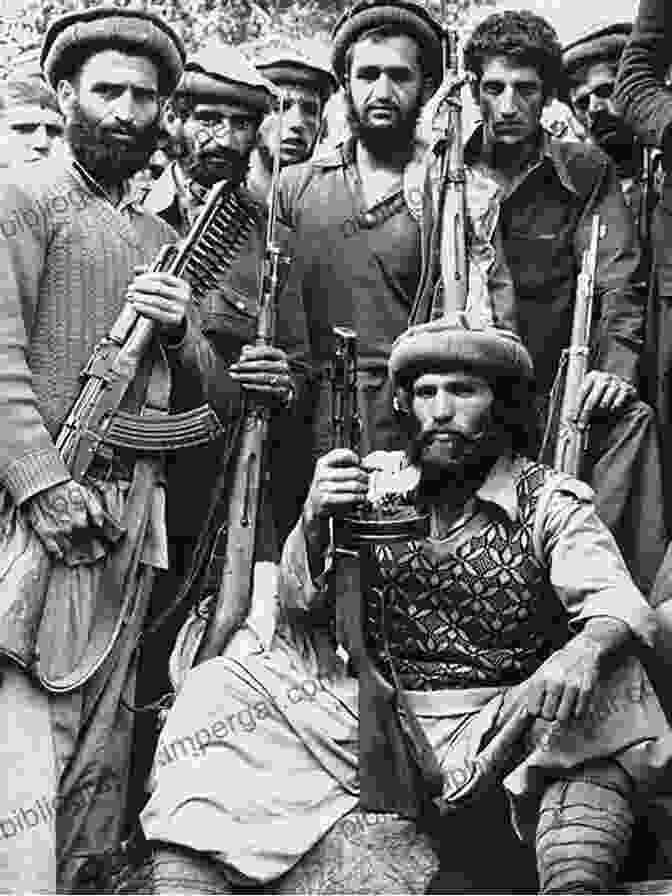
5. The Taliban and the Civil War
After the Soviet withdrawal from Afghanistan in 1989, the country descended into a bloody civil war. Various factions, including the Mujahideen, the Taliban, and other regional groups, fought for power.
The Taliban, a radical Islamist movement, emerged as the dominant force in the mid-1990s. They imposed a strict interpretation of Islamic law, suppressing dissent and human rights. The Taliban's brutality and their support for al-Qaeda, the terrorist organization responsible for the 9/11 attacks, led to the US-led invasion of Afghanistan in 2001.
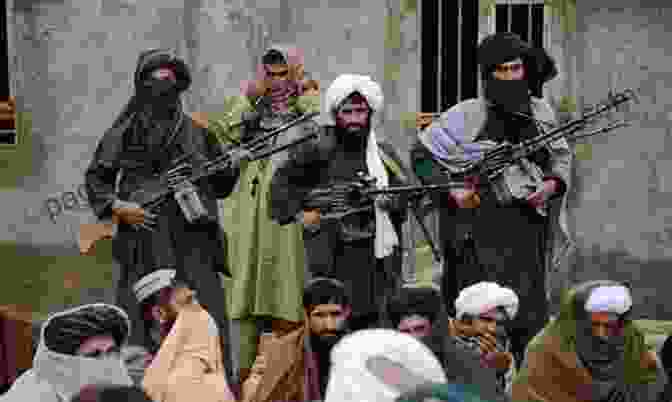
6. The War on Terror and the Resurgence of the Taliban
The US-led invasion of Afghanistan in 2001 toppled the Taliban regime and established a new Afghan government. However, the war on terror continued, as the Taliban and other insurgent groups launched a fierce insurgency against the Afghan government and international forces.
Despite billions of dollars spent and countless lives lost, the war in Afghanistan has failed to bring stability to the country. The Taliban has gradually regained control of large parts of the country, and the future of Afghanistan remains uncertain.
: A Legacy of Conflict
The seeds of war in Afghanistan were sown long ago, in the complex interplay of historical events, geopolitical interests, and internal power struggles. The country's strategic location has made it a battleground for empires, while its rugged terrain and diverse ethnic groups have contributed to its long and troubled history.
The current conflict in Afghanistan is a continuation of centuries-old tensions and unresolved issues. It is a complex and multifaceted conflict that defies easy solutions. Understanding the historical roots of the conflict is essential for finding a path towards sustainable peace and stability in Afghanistan.
The Seeds of War in Afghanistan provides a comprehensive analysis of the historical events and geopolitical factors that have shaped the long and complex conflict in Afghanistan. This in-depth examination offers insights into the roots of instability, shedding light on the complexities that have fueled decades of war.
4.5 out of 5
| Language | : | English |
| File size | : | 33699 KB |
| Text-to-Speech | : | Enabled |
| Enhanced typesetting | : | Enabled |
| Word Wise | : | Enabled |
| Lending | : | Enabled |
| Screen Reader | : | Supported |
| Print length | : | 256 pages |
Do you want to contribute by writing guest posts on this blog?
Please contact us and send us a resume of previous articles that you have written.
 Book
Book Novel
Novel Page
Page Chapter
Chapter Text
Text Story
Story Genre
Genre Reader
Reader Library
Library Paperback
Paperback E-book
E-book Magazine
Magazine Newspaper
Newspaper Paragraph
Paragraph Sentence
Sentence Bookmark
Bookmark Shelf
Shelf Glossary
Glossary Bibliography
Bibliography Foreword
Foreword Preface
Preface Synopsis
Synopsis Annotation
Annotation Footnote
Footnote Manuscript
Manuscript Scroll
Scroll Codex
Codex Tome
Tome Bestseller
Bestseller Classics
Classics Library card
Library card Narrative
Narrative Biography
Biography Autobiography
Autobiography Memoir
Memoir Reference
Reference Encyclopedia
Encyclopedia Franziska Heidenreich
Franziska Heidenreich Harold Holzer
Harold Holzer Gary Provost
Gary Provost Kerry W Buckley
Kerry W Buckley Evelyn Trimborn
Evelyn Trimborn Felix Alba Juez
Felix Alba Juez Finn Beales
Finn Beales Rush Rhees
Rush Rhees Jackie Morey
Jackie Morey Valen Cheung
Valen Cheung Silvana Smith
Silvana Smith G F White
G F White Garry Boulard
Garry Boulard Viola Folli
Viola Folli Robert Grillo
Robert Grillo Friedrich Nietzsche
Friedrich Nietzsche Ian Mortimer
Ian Mortimer Jr Cook
Jr Cook Frank R Spellman
Frank R Spellman T Wallace Macfarlane
T Wallace Macfarlane
Light bulbAdvertise smarter! Our strategic ad space ensures maximum exposure. Reserve your spot today!

 Christopher WoodsHealth Care Emergency Management Principles and Practice: The Comprehensive...
Christopher WoodsHealth Care Emergency Management Principles and Practice: The Comprehensive... Jan MitchellFollow ·8.8k
Jan MitchellFollow ·8.8k Kirk HayesFollow ·7k
Kirk HayesFollow ·7k J.R.R. TolkienFollow ·18.5k
J.R.R. TolkienFollow ·18.5k Christian CarterFollow ·8.3k
Christian CarterFollow ·8.3k Braden WardFollow ·2k
Braden WardFollow ·2k Jaylen MitchellFollow ·18.5k
Jaylen MitchellFollow ·18.5k Miguel de CervantesFollow ·7.2k
Miguel de CervantesFollow ·7.2k Clay PowellFollow ·6.4k
Clay PowellFollow ·6.4k

 Alexander Blair
Alexander BlairBecoming Sports Agent Masters At Work: The Ultimate Guide
What is a Sports...

 Xavier Bell
Xavier BellUnveiling the Enchanting World of Upper Bohemia: A Review...
A Captivating...

 Chris Coleman
Chris ColemanUnveiling the Secrets: Extreme Rapid Weight Loss Hypnosis...
In the relentless pursuit of a slimmer,...
4.5 out of 5
| Language | : | English |
| File size | : | 33699 KB |
| Text-to-Speech | : | Enabled |
| Enhanced typesetting | : | Enabled |
| Word Wise | : | Enabled |
| Lending | : | Enabled |
| Screen Reader | : | Supported |
| Print length | : | 256 pages |


